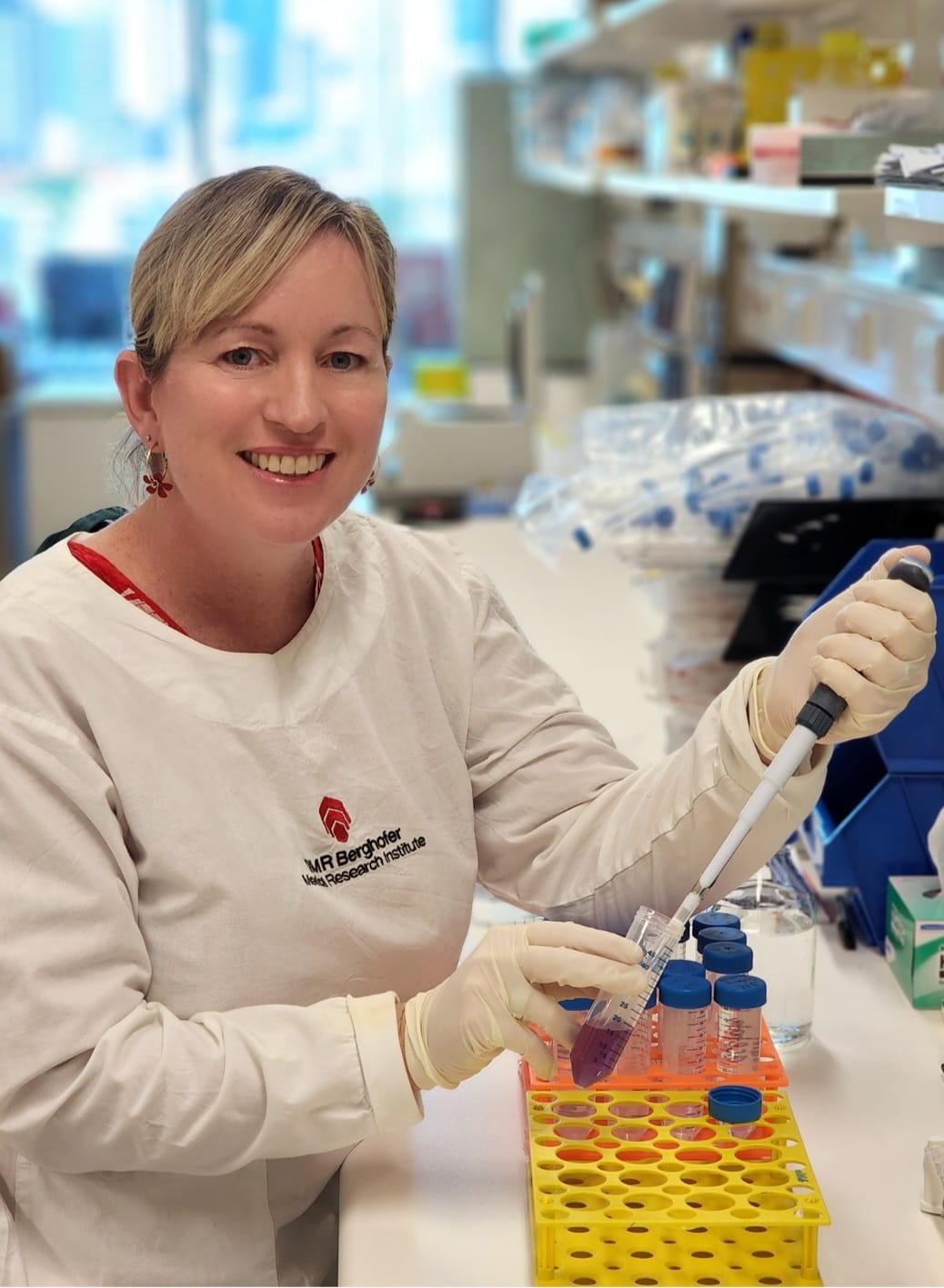[approx. reading time: 3 minutes]
Of all gynaecological cancers, ovarian cancer has the poorest survivability: fewer than half of those diagnosed with ovarian cancer will survive five years from diagnosis. This is a stark comparison to the three-quarters of those patients who will survive with cervical cancer and more than 90 per cent of those with breast cancer.
Recurrence plays a significant role in these ovarian cancer statistics.
WHAT IS OVARIAN CANCER RECURRENCE?
The main driver of low survival is recurrence, which is when the cancer comes back after treatment. There are many types of ovarian cancer, but the most common is high-grade serous carcinoma, which starts in the epithelial cells that line the fallopian tubes. Because the symptoms of this type of ovarian cancer can be vague or even silent, by the time it’s diagnosed, most cancers are Stage 3 or 4, meaning that the cancerous cells have spread into other parts of the body.
That makes it much more difficult to treat and ultimately, eradicate. The standard treatment approach is to first remove as much of the tumour as possible with surgery, then hit it with chemotherapy, such as carboplatin and paclitaxel, which stops the cancer cells from dividing and multiplying and kills those cells that are already actively dividing.
But even after this gruelling treatment regime, the cancer will come back in over 80 per cent of cases. This is recurrence. It can be devastating news for patients and to make matters worse, when it recurs it is often resistant to chemotherapy and other treatments making it more aggressive, and deadly. This is why fewer than one-third of people whose cancer recurs will survive to five years.
It’s also why the Ovarian Cancer Research Foundation has singled out ovarian cancer recurrence as one of four research priorities for its funding.
MANAGING OVARIAN CANCER RECURRENCE
One of the researchers leading this work is Professor Stacey Edwards, a cancer genomics expert at QIMR Berghofer Medical Research Institute in Brisbane. With funding from OCRF, she’s exploring how high-grade serous carcinomas develop resistance to a class of drugs called PARP inhibitors.

We've got to come up with new ways to try and outsmart the tumour."
Professor Stacey Edwards
Researcher, QIMR Berghofer Medical Research Institute
These drugs work by stopping the action of a group of proteins that help repair damaged DNA. Without these proteins, cancer cells can’t repair any damage to their genetic material, and the cancer cells die. PARP inhibitors are generally used as part of what is called a second-line treatment, after the cancer has recurred following first-line chemotherapy and surgery.
Unfortunately, high-grade serous ovarian cancer often recurs even after PARP inhibitor therapy, and it can subsequently become resistant to this therapy as well. Professor Edwards has found that one way it does this is by changing its own genetic material.
“One of the main mechanisms of drug resistance is through genetic reversion, where the DNA repair gene actually changes its own DNA sequence and switches itself back on,” Professor Edwards says.
Read more about Professor Stacey Edwards' current OCRF-funded project.

Image: OCRF-funded researcher Associate Professor Stacey Edwards
Because the surviving cancer cells now have a functioning DNA repair pathway, the drug no longer works.
“We've got to come up with new ways to try and outsmart the tumour,” she says.
Part of her work is investigating how to stop the tumour from re-acquiring that ability to repair its DNA, with the hope that this will maintain its vulnerability to treatment. She’s using a technology called transcriptomics, which can be used to identify signals the tumour is using to switch its DNA repair genes back on. If she can hone in on the tumour’s secret weapon, then it may be possible to disarm it using a combination therapy approach.
Ovarian cancer, a complex disease with many subtypes, is usually diagnosed in late stages and is difficult to treat in the first instance — let alone when it recurs and is resistant to most treatments. The OCRF continues to fund committed researchers across Australia, working to develop treatments that can overcome recurrence. Ovarian cancer patients deserve to be truly free of this distressing disease after treatment and deserve to live without the fear that it will return.
OUR RESEARCH PRIORITIES
The OCRF exists to have the greatest impact on the largest number of women and girls around the world, by funding critical research.
Across the ovarian cancer research sector, there are four key research priorities agreed by researchers, clinicians and consumers. These four priorities are upheld by the OCRF and are a critical driver of our research strategy.
The four ovarian cancer research priorities are:
- Early detection
- New and effective treatment
- Prevention
- Managing Recurrence
Sustained research funding into managing recurrence, alongside early detection, treatment and prevention could increase the current five year survival rate from below 50%, to above 90%.
READ MORE ABOUT OUR RESEARCH PRIORITIES